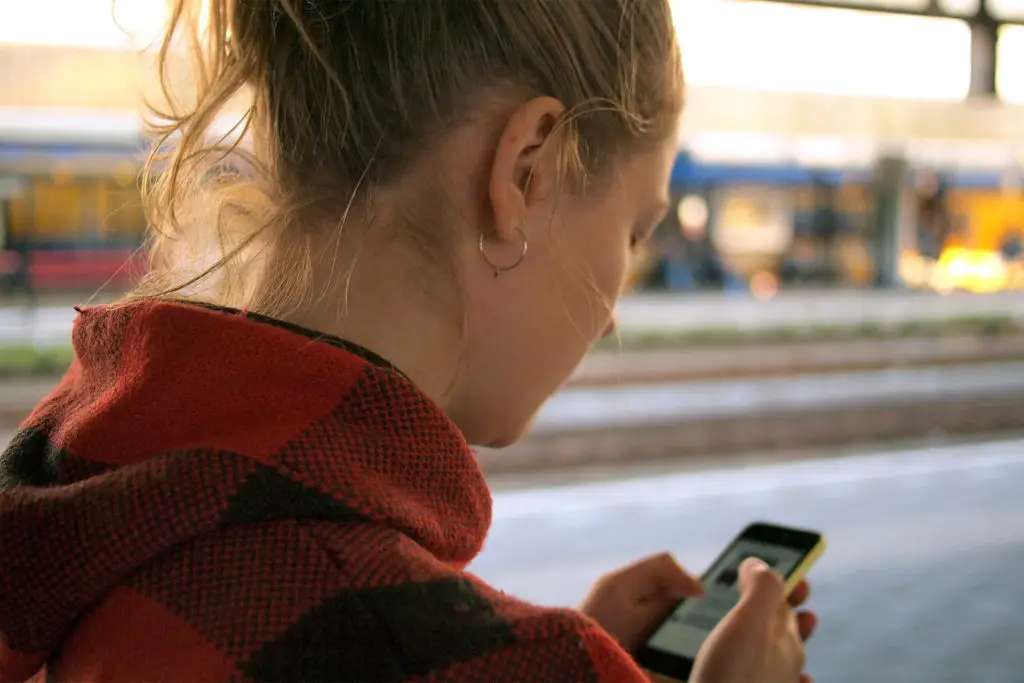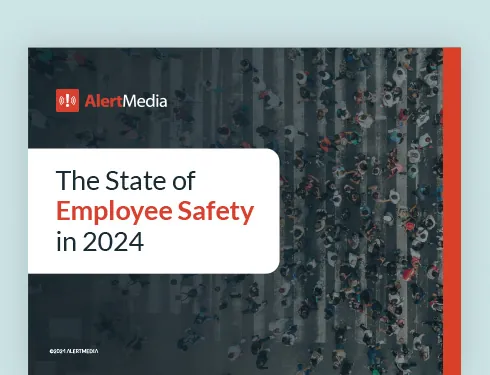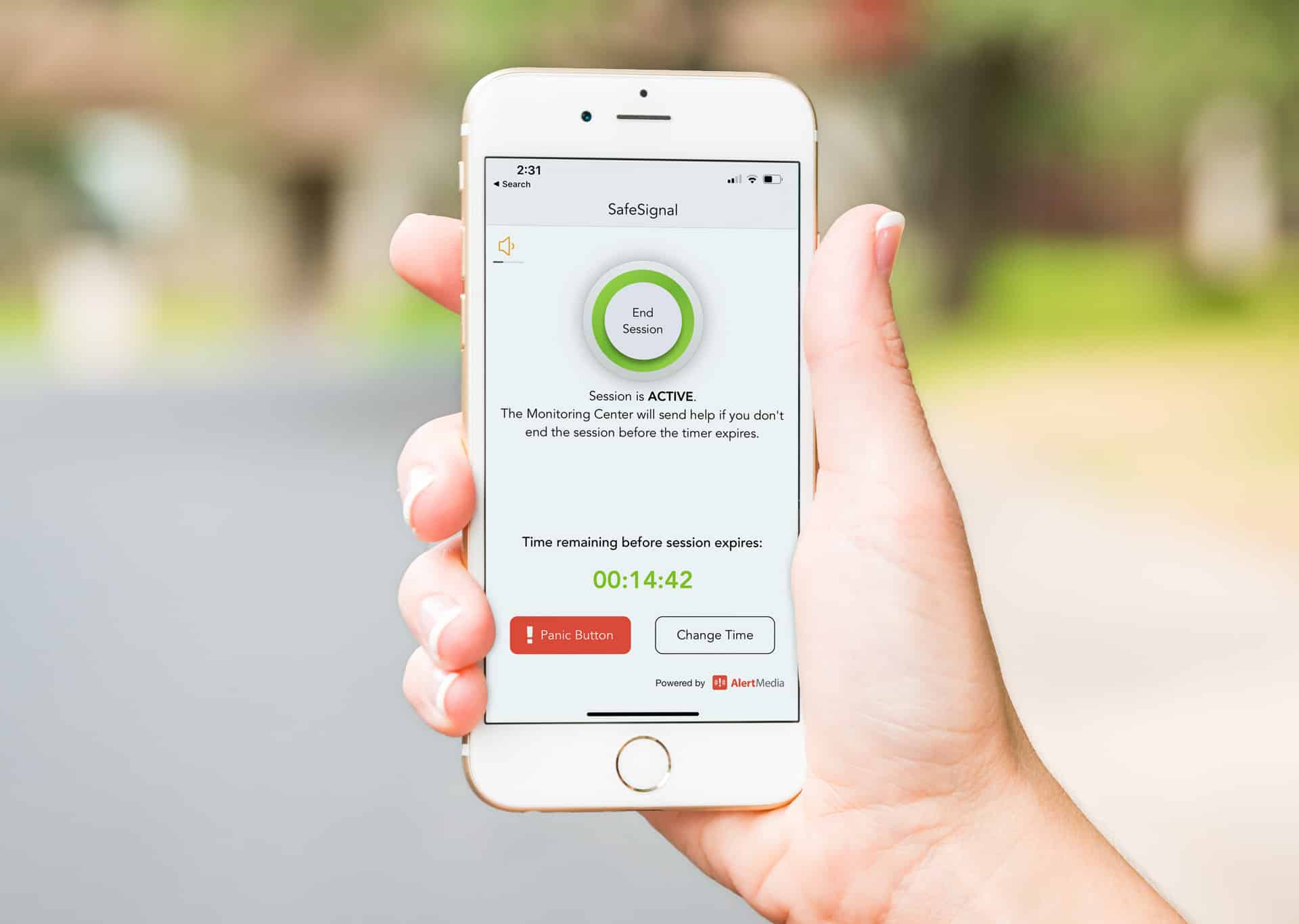
Panic Button App Solutions for Employees
Panic button apps are convenient, inexpensive, and easy to use. But what good are they if they don’t work well? Here are the main pitfalls of panic button apps.

Workers are facing increasing rates of violence on the job, and employers are looking for new tools to keep their people safe—especially those working alone in the field or in other at-risk environments. One strategy organizations are using to safeguard employees is equipping them with a panic button app.
For example, after an American hospital saw the rate of assaults on employees triple between 2019 and 2020, it equipped employee badges with panic buttons that allow them to notify security and share their location when they feel threatened. Other hospitals that used similar systems saw reporting rates of attacks increase and security response times decrease.
Even some school districts use panic button apps to give their teachers, faculty, and students the ability to call for help should the campus experience an emergency like a fire or active shooter.
Emergency buttons are valuable tools to workers across industries who might find themselves in dangerous situations, but is a panic button the best way to keep your own workers safe? Let’s take a look at panic buttons and, more specifically, panic button apps, and what features you might consider when choosing a lone-worker solution for your business.
What Is a Panic Button App?
A panic button app is a system that allows its user to signal for help by activating a switch or button on their phone or tablet. These apps evolved from the badge-mounted buttons that are still used in some businesses. You’ve probably seen some form of these in movies and on TV, like the silent beacon alarm the bank teller can trip with their foot when a robber approaches the counter.
There are many different panic button apps created by as many companies, and they work in a wide variety of ways. Some require the user to hold down a button in an app and will send an alert message if that button is released. Others use timed sessions and check-ins to confirm user safety or send help. All of these apps serve the same purpose as physical panic buttons; they alert the authorities when an employee is in danger.
Who Needs a Panic Button?
Lone workers such as social workers, real estate agents, home healthcare providers, technicians, construction workers, business travelers, and more are vulnerable to various dangers on the job. Isolation, unknown clients, and entering dangerous environments are a few of the risks they face. A good panic button app can give these field workers a portable way to signal for help and share their location with those who might be able to help.
Organizations have a duty of care to keep those workers safe and informed, and panic button apps are an attractive option for some applications.
Better Than a Button
Panic buttons can provide comfort to employees who rely on them for safety, but not all panic button systems on the app store are created equal. It’s crucial that you research the capabilities of any safety software that you employ to protect your people. Here are a few common limitations that you should look out for:
As any smartphone user can attest to, accessing an app and navigating to the required feature quickly can be difficult. Think of the last time you tried to whip out your phone to take a photo or video of some fleeting moment, like getting a cute shot of your pet before the moment’s gone. Remember the acute stress of trying to open the app, adjust settings, and press the right button in time? Now imagine trying to do that if you’re in danger and need help. In hazardous situations, it’s paramount that any personal alert system is easy to access and quick to use.
Unfortunately, many free or low-cost options offer the same experience and require multiple steps to navigate to the button and activate it. One review for a popular iOS panic button app mentioned a harrowing experience of a stroke victim downloading the app so they could quickly contact their spouse in an emergency. However, the app’s complicated user interface prevented the stroke victim, who had trouble following sequences of steps, from sending an alert successfully.
Another function lacking in most panic button apps is SOS delivery confirmation. In an emergency situation, it’s important for the user to know in real-time if their call for help has been heard, so make sure to choose a solution that can offer some assurance that help is on the way.
Finally, you should be wary of apps with limited contact functionality. Most free panic button apps allow you to list a certain number of emergency contacts that are automatically called or sent an SMS should the alarm activate, but the options stop there. In many dangerous situations, you might need a police or EMS response, but the ability to automatically call for emergency personnel is sadly absent from most panic button apps. Contacting friends, family and loved ones can be important in an emergency, but if your employee requires a police response and they are unable to request one, they could face serious harm.
What a Better Alternative Looks Like
If you’ve looked at the majority of personal safety apps, you might notice the shortcomings we’ve reviewed. Luckily, there are better options available that can keep your people safe and give them peace of mind when they’re working alone. These enterprise-grade solutions improve upon the aforementioned apps in every way, and there are a few common elements that you should look out for to pick a system that you and your team can trust:
We’ve mentioned this before, but it bears repeating: mere seconds can make a huge difference in emergency scenarios, so an easy-to-use app and intuitive interface will make your response multiple times more effective.
Perhaps the most advanced feature of some panic button apps lies in their monitoring abilities. Sophisticated employee safety monitoring solutions include threat monitoring services which use intel pulled from trusted sources and vetted by analysts to alert you and your people to danger before you encounter it. These monitoring centers can enhance your own emergency team and call emergency services on behalf of the alertee, and are available to help 24/7.
Lastly, you should look for a system that can be triggered hands-free, without the need to push a button. What if your lone worker is incapacitated and can’t operate their phone? The ability to alert your team or the monitoring center to an emergency as well as your current exact location without even touching your phone can be a lifesaver in the worst of cases. Such systems may employ a variety of means to activate an alert, such as with timed sessions.
How AlertMedia Can Help
If you’re looking for a panic button app that you and your employees can trust, we’re here for you. AlertMedia’s lone worker solution is designed with these requirements in mind and combines a fully featured mobile app with a quick-to-use interface, available on both iOS and Android devices. Our 24/7 analyst-vetted threat intelligence system identifies relevant threats and can notify impacted individuals before they encounter trouble. Included free is our world-class, dedicated customer success team who makes onboarding and setup a breeze. Let us know if you’d like to see it in action!




